What is a stainless steel tee pipe fitting?
Stainless steel tees are key pipe fittings used for pipe branch connections. They are divided into two categories: equal-diameter tees and reducing-diameter tees according to the difference in pipe port diameters. This product uses manufacturing processes such as hydraulic bulging, hot pressing or welding. Applicable materials include stainless steel materials such as
304 and
316L, and comply with more than ten international standards such as the national standard (GB/T12459) and the American standard (ASME B16.9). As a core component of the industrial pipeline system, stainless steel tees have the functions of flow diversion, confluence, pressure balance and direction conversion. They are widely used in petrochemical, natural gas transportation, power equipment, food and pharmaceutical industries, and their corrosion resistance is enhanced through processes such as pickling and passivation.
Standards for stainless steel tee fittings
Chinese standards: GB/T12459-2017, GB/T13401-2017; American standards: ASME B16.9, ASME B16.28, ANSI B16.11; Petrochemical standards: SH/T3408-2012, SH/T3409-1996
Stainless steel tee fittings are used where pipelines have branches. Because of its convenience and simplicity, it is widely used in chemical, civil construction, machinery manufacturing, shipbuilding and other fields. Tee is a pipe fitting used for pipeline branches. At present, there are two commonly used processes for seamless pipes to make three-way fittings: hydraulic bulging and hot pressing.
1. Stainless steel tee fittings-hydraulic bulging.
Hydraulic bulging of stainless steel tee fittings is a forming process that bulges the branch pipe through axial compensation of metal materials. In this process, a special hydraulic press is used to inject liquid into the tube blank with the same diameter as the tee, and the tube blank is squeezed by two horizontal side cylinders of the hydraulic press, so that the volume of the tube blank becomes smaller after squeezing, and the pressure of the liquid in the tube blank increases as the volume of the tube blank becomes smaller. When the pressure required for the expansion of the tee branch pipe is reached, the metal material flows along the inner cavity of the mold under the dual action of the side cylinder and the liquid pressure in the tube blank, causing the branch pipe to expand.
2. Stainless steel tee pipe fittings-hot pressing.
The hot pressing forming of stainless steel tee pipe fittings is to flatten the tube blank larger than the diameter of the tee to the size of the tee diameter, and open a hole at the part where the branch pipe is stretched. After the tube blank is heated, it is placed in the forming mold, and a mold for stretching the branch pipe is provided in the tube blank; under the action of pressure, the tube blank is radially compressed, and during the radial compression process, the metal flows to the branch pipe and forms the branch pipe under the stretching of the mold. The whole process is formed by the radial compression of the tube blank and the stretching of the branch pipe. Unlike the hydraulic bulging tee, the metal of the hot-pressed tee branch pipe is compensated by the radial movement of the tube blank, so it is also called the radial compensation process.
Uses of stainless steel pipe fittings-tees
1. Equal diameter stainless steel pipe fittings-tees are mainly used for the hot and cold water systems of major buildings, including central heating systems. They are mainly suitable for the main connection of PPR pipes and can play an important connecting role;
2. Heating systems in buildings, including floors, wall panels and radiant heating systems, use PPR pipes to connect pipes in different systems.
3. Pure water supply systems that can be directly drunk.
4. Central (central) air conditioning systems.
5. Industrial pipeline systems for transporting or discharging chemical media.






 English
English Español
Español بالعربية
بالعربية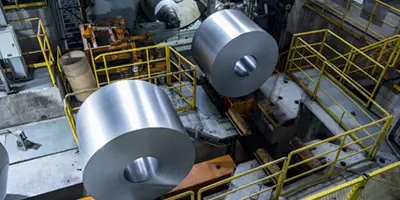

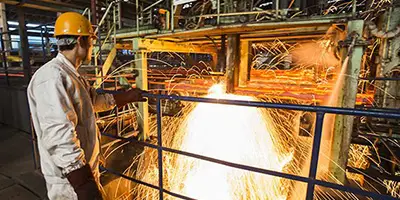
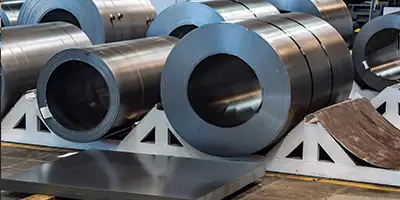

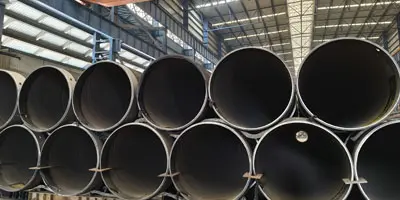

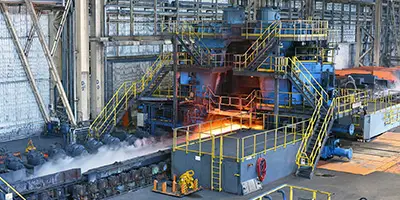
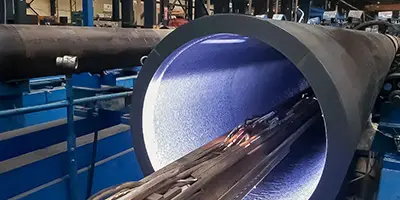
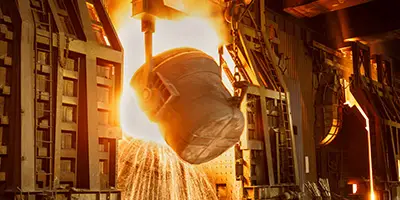

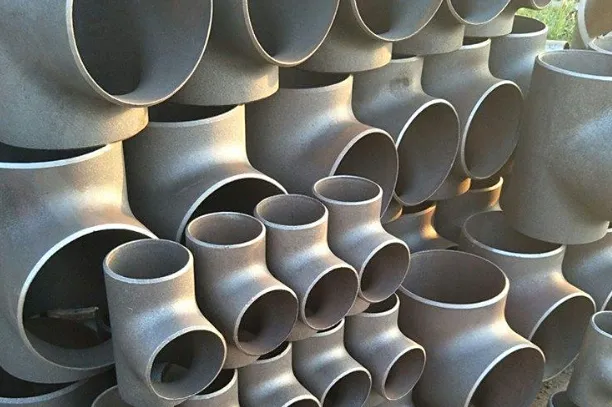
 Phone :
Phone :  Whatsapp :
Whatsapp :  Email :
Email : 


